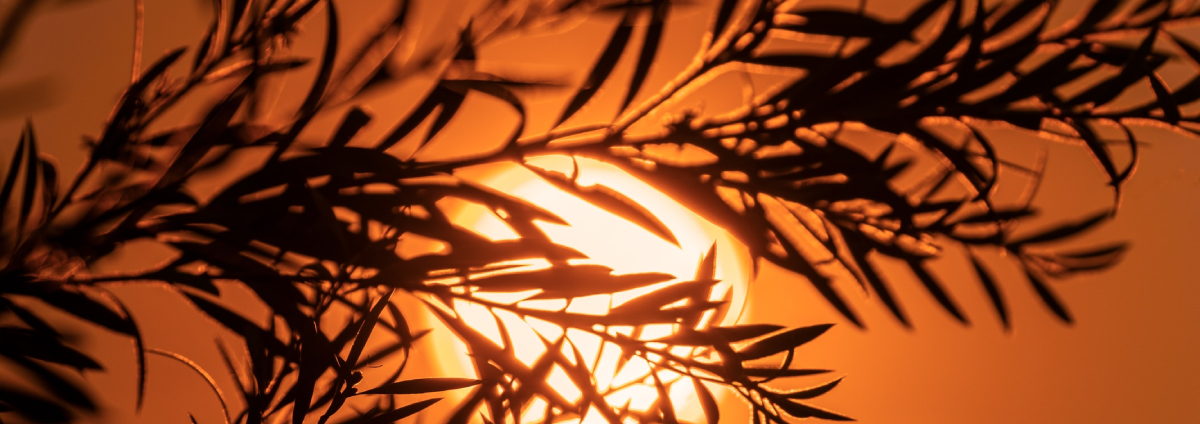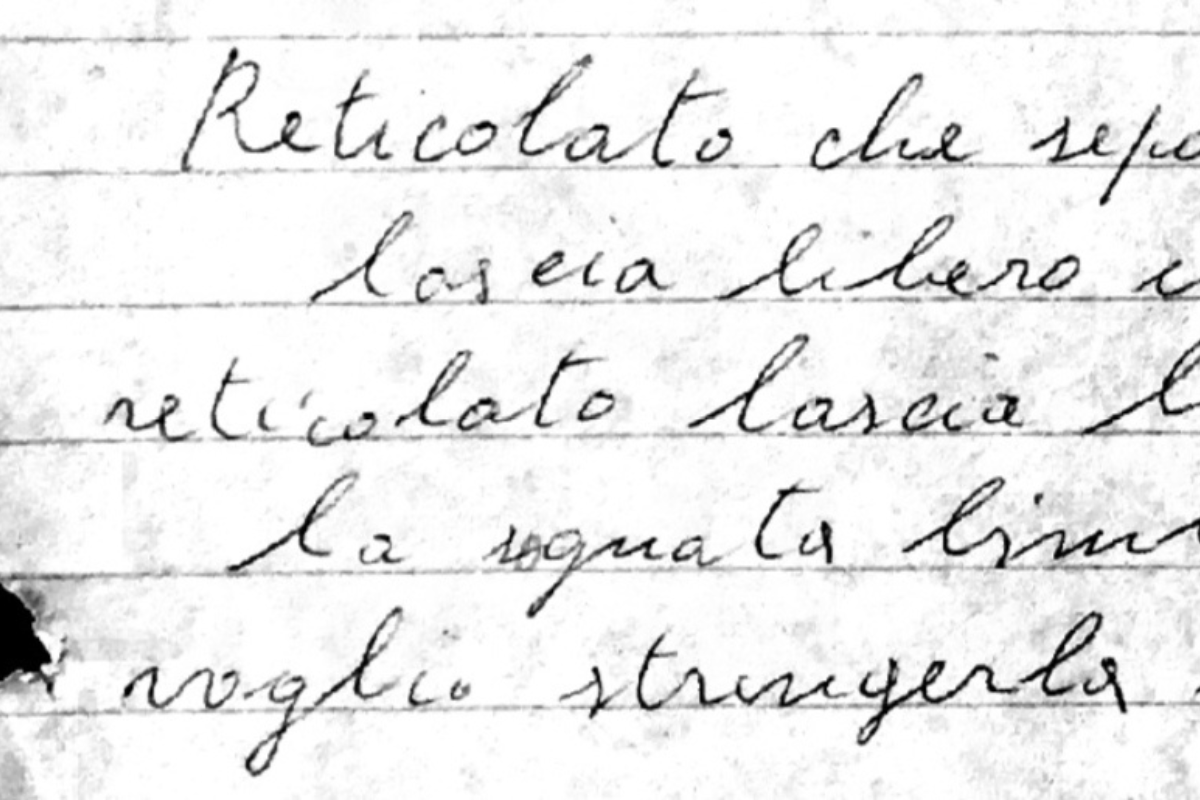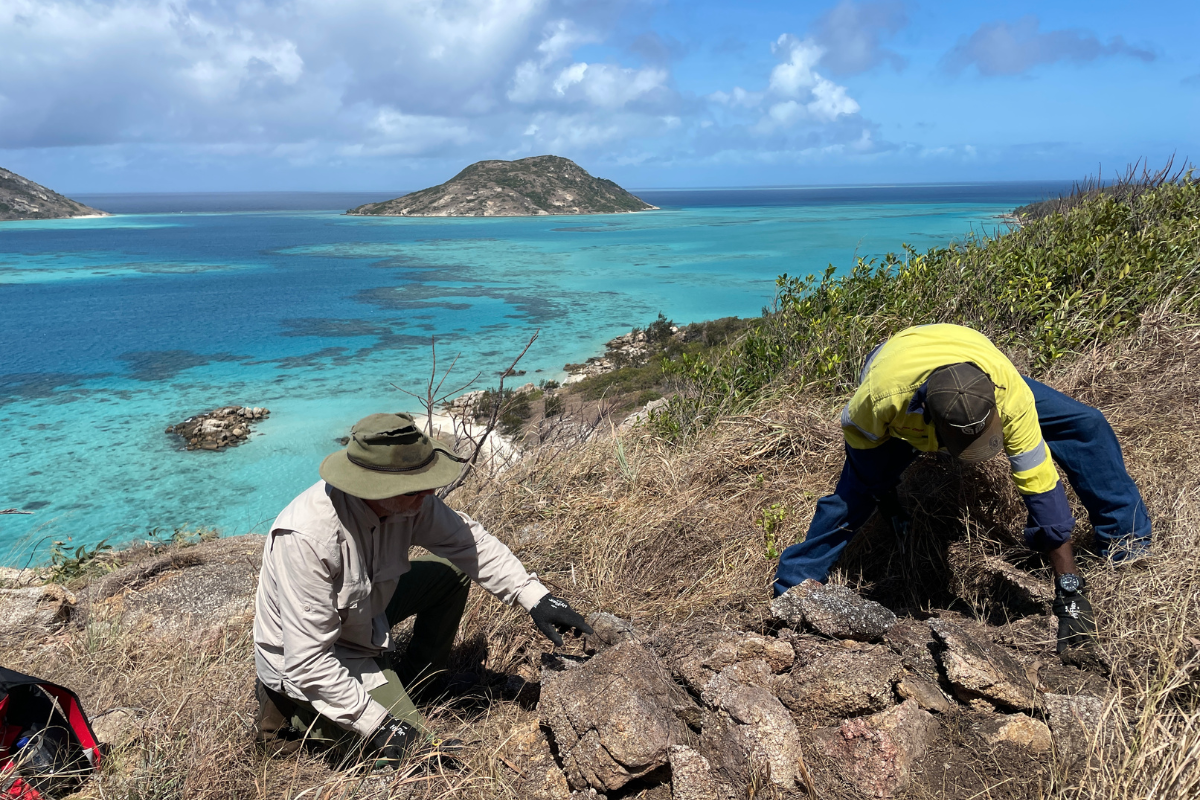
Confronting a long-held myth
It was the foundational myth, used to justify “terra nullius” and dispossession: before European settlement, Australia was an unoccupied and untouched wilderness; and the shadowy figures who were seen on the landscape were cast as uncivilised – even lacking agriculture.
It is thanks to archaeological and historical research by scholars such as John Mulvaney, Sylvia Hallam, Rhys Jones, Harry Lourandos and others, and recent popularisation of such ideas by Bill Gammage and Bruce Pascoe that this myth has been confronted. We now know that, far from being pristine in 1788, the landscape had been extensively altered and restructured over tens of thousands of years – shaped by people who used fire to move through country and to create productive mosaics of animals and plants they relied on within a gradually drying landscape.
A unique body of knowledge
In 1969, archaeologist Rhys Jones described how Indigenous people practised “fire-stick farming” – clearing forests to promote open grasslands and prevent large, uncontrolled fires, by means of regular, light, mosaic-style burns. This technique, observed by early colonists, was elaborated on by Eric Rolls in his 1981 pioneering environmental history, A Million Wild Acres.
The strategies used by Aboriginal Australians to manage the landscape and its resources – which supplied them with food, clothing and tools – were rooted in their deep understanding of Country.
As anthropologist and philosopher Deborah Bird Rose wrote:
“The notion of caring for country is quintessentially Aboriginal. Nowhere in the world is there a body of knowledge built up so consistently over so many millennia. Nowhere are there so many living people who continue to sustain that knowledge and engage in associated land management practices.”
Cultural landscapes
Like Rose, geographer Lesley Head has studied Indigenous peoples’ interaction with their environment. Her work, including the 2000 book Second Nature, traces the evolution of thought about wilderness and hunter-gatherers in the Australian context, encapsulating how these were overturned by research into the long-term interactions between peoples and landscapes. The “cultural landscapes” approach to land management, which recognises a place’s history and cultural traditions as well as its ecological value, is now used systematically through instruments like the Burra Charter and the EPBC Act.
Early settlers remarked on how Australia resembled a park, with its open woods and grasslands. In his 2011 book The Biggest Estate on Earth, Gammage drew on their writings and paintings to reveal the landscape as one moulded by humanly-managed fire.
Indigenous Australians were “farmers without fences”, he wrote, who “shepherded fire around their country, caging, invigorating, locating and smoothing the immense complexity of Australia’s plants and animals”. They also sowed, harvested, irrigated, stored and managed plants from yams in the tropics to seeds in the desert.
A 65,000-year-old seed grinding stone found near Kakadu National Park, containing traces of starch, may represent the earliest grinding of seeds for the baking of seed cake or damper.
Through his 2014 book Dark Emu, Pascoe brought these insights to an even wider audience. He further mined the journals and letters of colonists and explorers to uncover plentiful evidence of the pre-invasion management of plants, and ponding of fish and eels. His work built on previous observations of people building dams and wells, gathering seeds, harvesting yams and onions, storing surplus food undercover and living in sedentary settlements for part of their annual cycle.
Rewriting the continent’s history
Pascoe refers to Aboriginal land management activities as agriculture. Other scholars have tried to understand Aboriginal relations to Country in terms other than hierarchical European categories that, traditionally, placed hunter-gatherers on a lower rung than agriculturalists. Researchers (such as Mulvaney, Jones, Hallam, Lourandos and others) had over many decades been transforming non-Indigenous perceptions of Australia’s First Nations and their knowledge of and interactions with their environment prior to invasion.
The collective work in this latter field of scholarship has over the last fifty years rewritten the continent’s history, forever changing the views of Australians of non-Indigenous descent of how Aboriginal people lived. Research in this field also challenges the broader community to rethink, based on this ancient fount of knowledge, current management strategies of land, fire and water.
Learning from Aboriginal land management practices
In the face of ever more extreme weather events, including droughts, bushfires and flood due to climate change, adopting more historically-proven practices is increasingly urgent. Australia has much to learn from Aboriginal land management practices, building on genuine engagement with those caring for Country, and respect for Indigenous science and knowledges within a modern management system.



